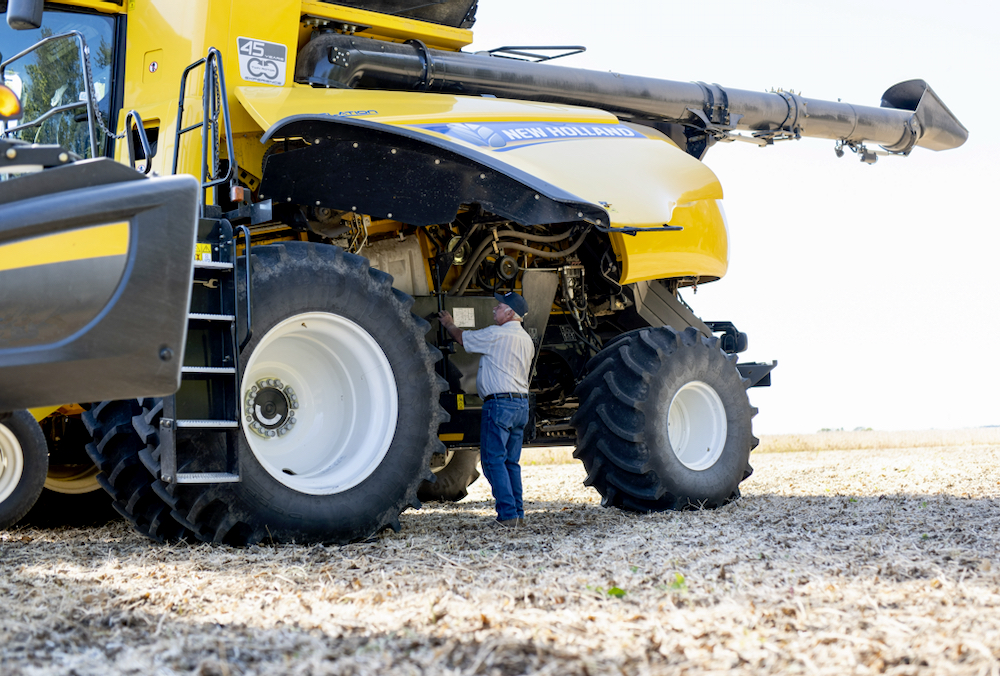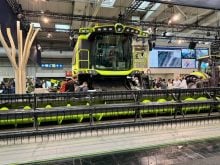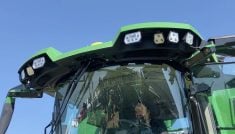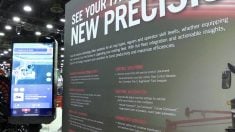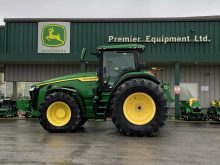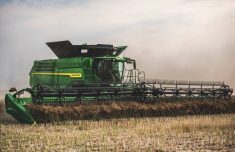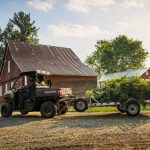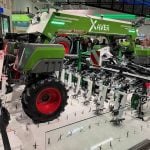The summer harvest season will soon be upon us and farmers may want to check harvest equipment to ensure the combine is ready to roll.
The previous two years featured an unpredictable supply of equipment parts, if not outright shortages of electric components and steel hardware. Things are much better going into the summer of 2022, according to Jim Franceschetti, parts and service product marketing manager for harvesting, hay and forage at New Holland (CNH Industrial).
Most operators should be able to find the parts they need when repairs or replacements are required.
Read Also

Agritechnica: Robots and more robots, Nexat loves Canada and the trouble with tariffs
Agritechnica Day 4: Robots and more robots, Nexat loves Canada and the trouble with tariffs.
Why it matters: Breakdowns during harvest can cost a lot of time and cash. Pre-season preparation helps avoid in-season problems.
“Disruptions affected everyone the same,” says Franceschetti. “We’re in a much better spot. It’s still not perfect, there are always challenges, but it’s much better…There’s a lot of work going into making sure parts are available.”
After giving the combine a thorough front-to-back cleaning —assuming the task has not already been done — Franceschetti suggests operators first look at all parts of the threshing process, including the feeder house, chains and sprockets. The constant movement and vibration of these parts requires a little extra attention.
“If you do notice something, make a note. That way you have a list of things when you go to your dealer.”
Calibration is critical because crops and conditions change year to year. Don’t assume the same fan speeds, threshing and rotor speeds, yield monitor settings, and other component settings will work optimally without adjustment from the previous season.
GPS, moisture sensors, yield monitors — modern combines come with a lot of electrical bells and whistles. Franceschetti says most makes and models are designed so the more vulnerable components are protected, but that doesn’t mean it makes sense to power-wash the undercarriage.
“These machines are so complicated. You don’t want to necessarily just assume you know what you are doing…You want to make sure you’re not doing more harm than good,” he says.
If unsure about the design or the best way to clean, the manual and dealer contacts can provide expertise.
Combine fires are always a concern, though the abundance of electrical components does not have much impact on fire risk. As with bearings and other potential sources of heat, however, being diligent around the buildup of debris on wires and other electrical parts is a best practice.
“You should also have the right safety equipment,” Franceschetti says, specifically citing the importance of a working, appropriately sized fire extinguisher.
“We want to encourage these operators to think outside the box a bit … even just calling their dealer to talk about things, think of every different scenario. The more time and prep you do now, the less risk and downtime.”




